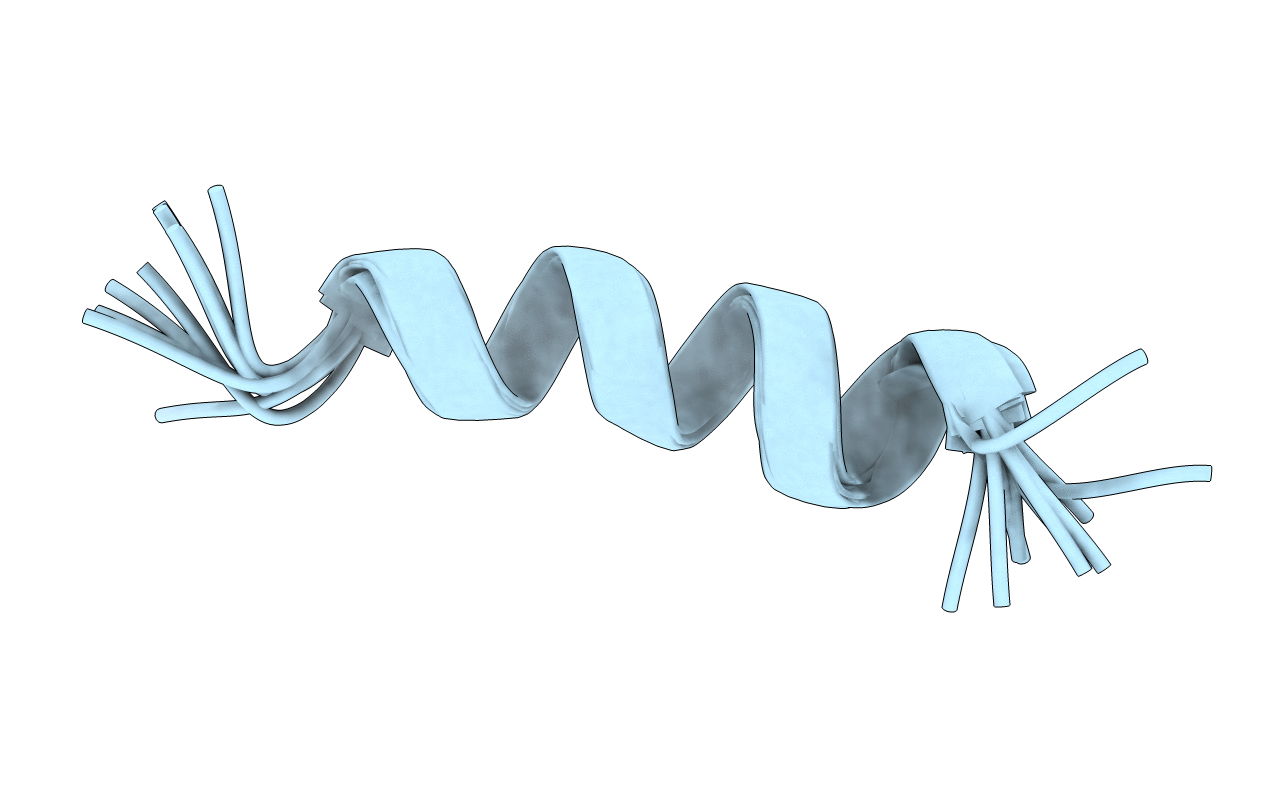
Deposition Date
2018-08-30
Release Date
2019-08-14
Last Version Date
2024-05-15
Entry Detail
PDB ID:
6MBM
Keywords:
Title:
HS02 - Intragenic antimicrobial peptides derived from the protein unconventional myosin 1h
Biological Source:
Source Organism:
Homo sapiens (Taxon ID: 9606)
Method Details:
Experimental Method:
Conformers Calculated:
20
Conformers Submitted:
10
Selection Criteria:
structures with the lowest energy


